Children can benefit from gardening in a variety of ways. Due to this multiplicity of benefits, many families are interested in engaging their kids in indoor and outdoor gardening activities. Unfortunately, living in an apartment makes outdoor gardening extremely difficult. Therefore, kids interested in gardening are often left with no choice but to take up indoor gardening. In such a situation, having the proper indoor gardening equipment for kids is critical. Kids’ gardening kits are a practical and straightforward answer to this issue.
What is a Children’s Gardening Kit?
A children’s gardening kit is a collection of gardening tools and equipment, mainly intended for indoor gardening. Pots, seeds, trowels, watering cans, water sprays, sterile soil, planting guides, decorative accessories, plant naming labels, or plastic caps are examples of tools and equipment typically found in such kits. Various gardening kits have been developed and marketed in recent years, but the question is:”Are all of these gardening kits appropriate for our children? What are the features of a suitable kids’ gardening kit?”
To answer these questions, this article will consider the features and characteristics of a suitable children’s gardening kit.
Features of an ideal kids‘ gardening kit
seeds
The selection of seeds included in a children’s gardening kit is the first and most significant consideration. Children should be able to grow the chosen plant easily. This implies that the selected plant should have a high rate of growth and germination, be easy to cultivate indoors, and ideally reach the crop or bloom stage in an indoor environment. Garden cress, basil, mustard, radish, marigold, zinnia, calendula, sunflower, tomato, and cotton are some of the ideal seeds for kids.
The second point about seeds regards freshness and viability. All the seeds must be fresh and organic because, as we know, the viability of seeds decreases with age, and, as a result, old seeds may not germinate at all. In such cases, when children plant their seeds, they may not get the desired result. If this happens, they may lose their confidence or motivation and may be unwilling to continue engaging in gardening activities.
Hygienic soil
When it comes to gardening at home, the soil is crucial, and when it comes to children’s gardening, this issue becomes even more crucial. In home gardening, hygienic and sterile soils should be employed because the introduction of contaminated soil into the home environment can lead to the contamination and infestation of houseplants by pests.
Cocopeat soil or a mixture of peat moss and perlite (which we refer to here as hygienic soil) are the best sterile soil options for kids’ indoor gardening. According to our experience, the mixture of peat moss and perlite is preferable to cocopeat as it contains more nutrients and allows plants to grow quicker.
Suitable pots for kids’ gardening kits
In children’s gardening kits, a variety of pots may be used. Plastic pots, terracotta pots, and biodegradable pots like jiffy pellets are the three most frequent types of pots found in these kits. Each of these pots has its own set of benefits and drawbacks, which we will go through in the following paragraphs.
Plastic pot
Plastic pots are lightweight, and therefore children can work with them easily. These pots are usually less expensive than other pots, so gardening kits that include these pots might be cheaper and thus more economical. Additionally, these pots are safer for children compared to terracotta pots. However, these pots have a big drawback. They are not environmentally friendly, and they will not decompose in nature.
Terracotta pots
These pots are made of clay soil. As a result, they are environmentally friendly. Another advantage is that children can design their own unique pots by painting the surface. These pots have drawbacks, however. They are more expensive than plastic pots and are fragile. If dropped, they may shatter into sharp pieces and be harmful to kids. This means that it would be much safer not to use children’s gardening kits containing terracotta pots for children younger than five years old unless you accompany your children through all the gardening and painting steps.
Jiffy pellet
These pots are environmentally friendly. Jiffy pellets are made of sphagnum peat (peat moss). Lime and a specific fertilizer with a low ammonium concentration are also added to the peat to boost plant growth. These pellets are encased in a thin, biodegradable net.
Jiffy pellets are particularly appealing to kids, which is why they are included in so many kids’ gardening kits. Children must prepare them by placing jiffy pellets in water and waiting for them to expand. These pellets expand when placed in water and transform into an organic pot with sterile soil. Another benefit of jiffy pellets is that they no longer require soil because they already include sterile soil. The advantage of these pots is that plants can be simply transplanted when they reach the seedling stage through a transplanting operation that is fairly simple for children to carry out. The body of these pellets (the biodegradable net) decomposes in the soil over time, and the roots enter the soil of the new pot.
These pots are ideal for teaching children about environmental protection through reduced plastic consumption. Their sole disadvantage is that they are designed for single-use and thus are not reusable. As a result, alternative pots such as clay or plastic pots are more cost-effective than jiffy pellets.
Suitable trowel and watering can
Another critical factor to consider when purchasing a children’s gardening kit is the trowel and watering can. Children often take pleasure in watering plants and digging in the dirt, so selecting the proper trowel and watering can for them is critical. Because plastic gardening tools are lighter and safer, it is preferable to use plastic trowels and watering cans for kids’ indoor gardening. On the other hand, metal trowels and watering cans are more likely to injure kids due to their sharp ends.
Exigencies are different with regard to outdoor gardening. A plastic watering container can still be used in outdoor gardening, though a metallic trowel is preferable. Garden soils are more rigid, and a plastic trowel may collapse or not operate effectively as a result. Of course, it is preferable that children younger than seven years old continue using plastic trowels, even in outdoor spaces.
Planting guide
It is also critical to have a complete and detailed planting guide. Because children typically have limited experience with gardening, the guiding procedure included in the kids’ gardening kits must be comprehensive and thorough so that both children and parents can utilize it to attain desirable outcomes in the gardening process.
Conclusion
This article has reviewed the most important factors to consider when selecting a suitable kids’ gardening kit. In summary, you should buy children’s gardening kits that have sterile soil, viable seeds, plastic tools for indoor gardening and metallic tools for outdoor gardening, a thorough planting guide and, finally, a proper pot as per your kids’ needs and preferences.
If you are interested in buying kids’ gardening kits, you can purchase them
from Amazon web site.

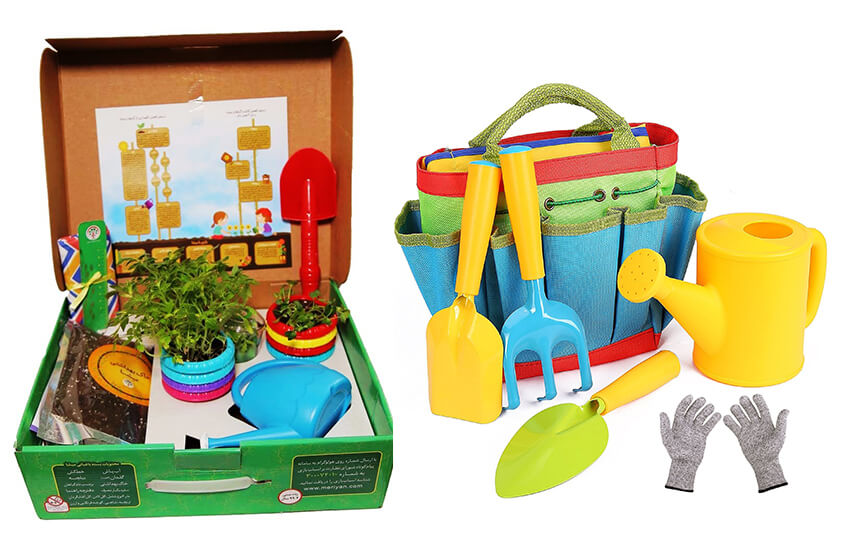
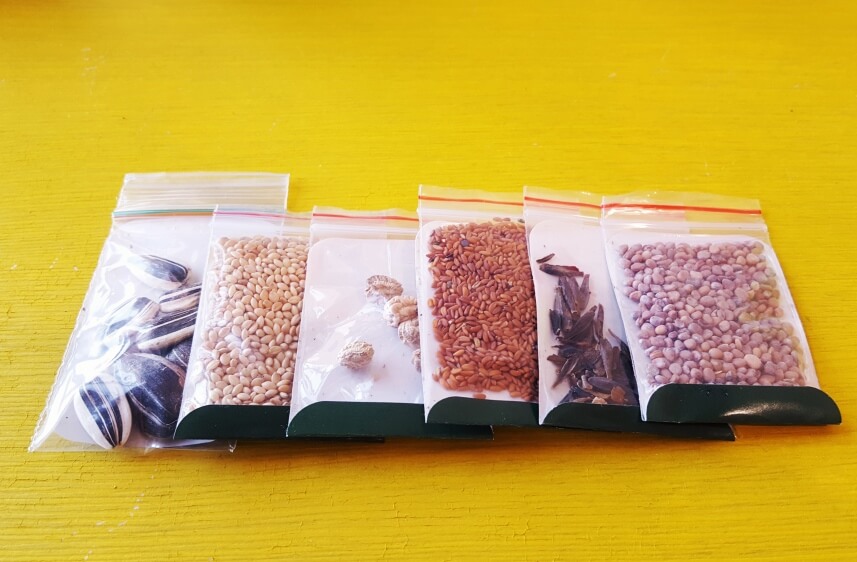
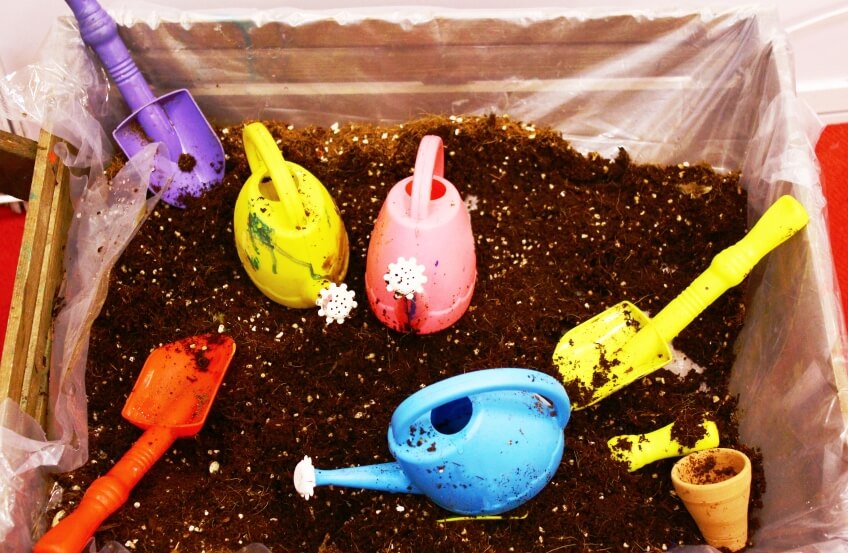
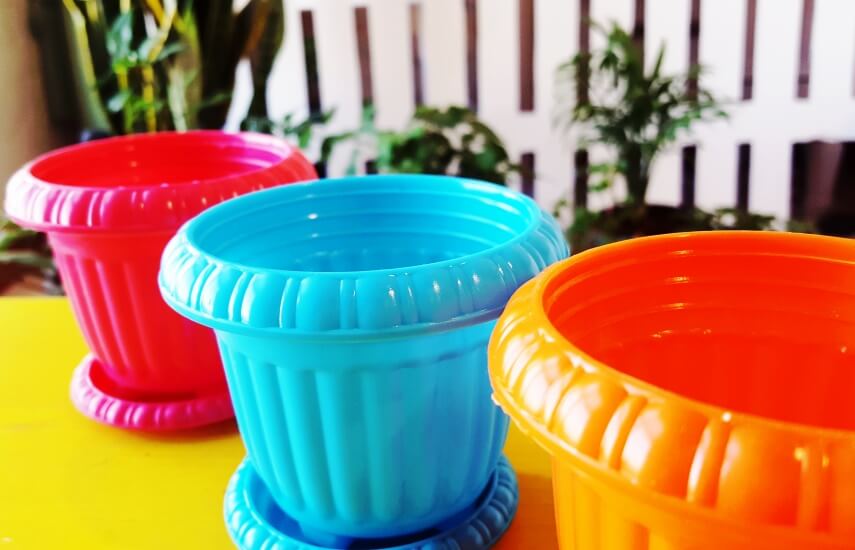
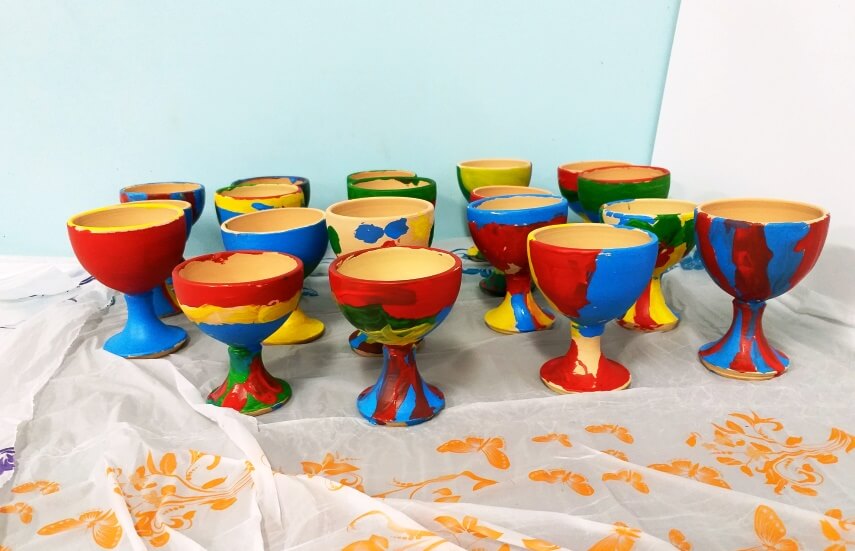
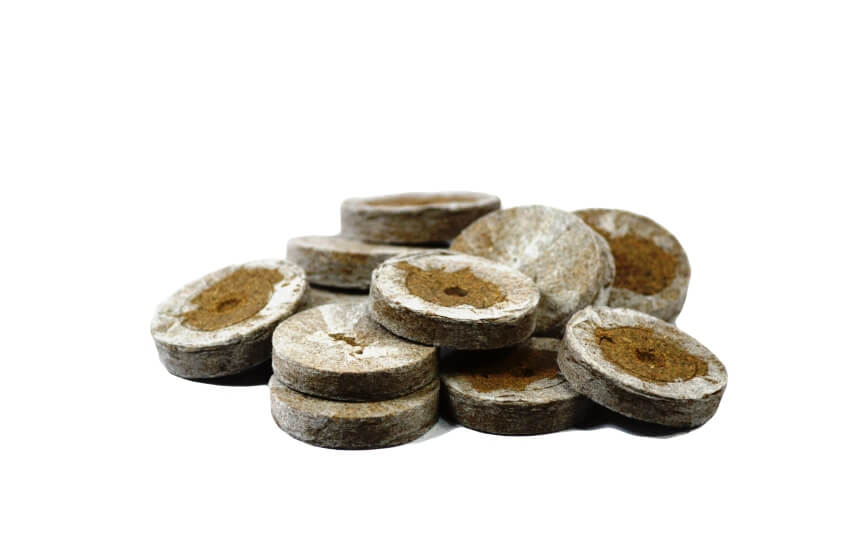
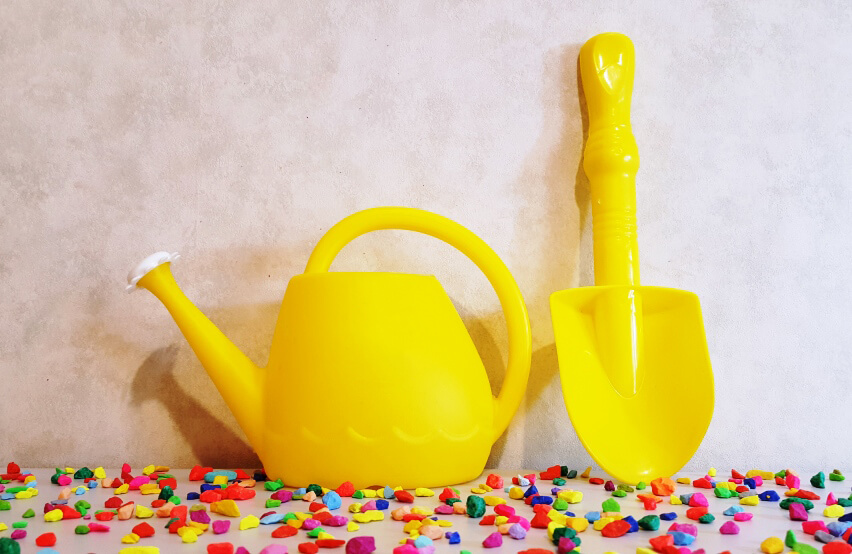

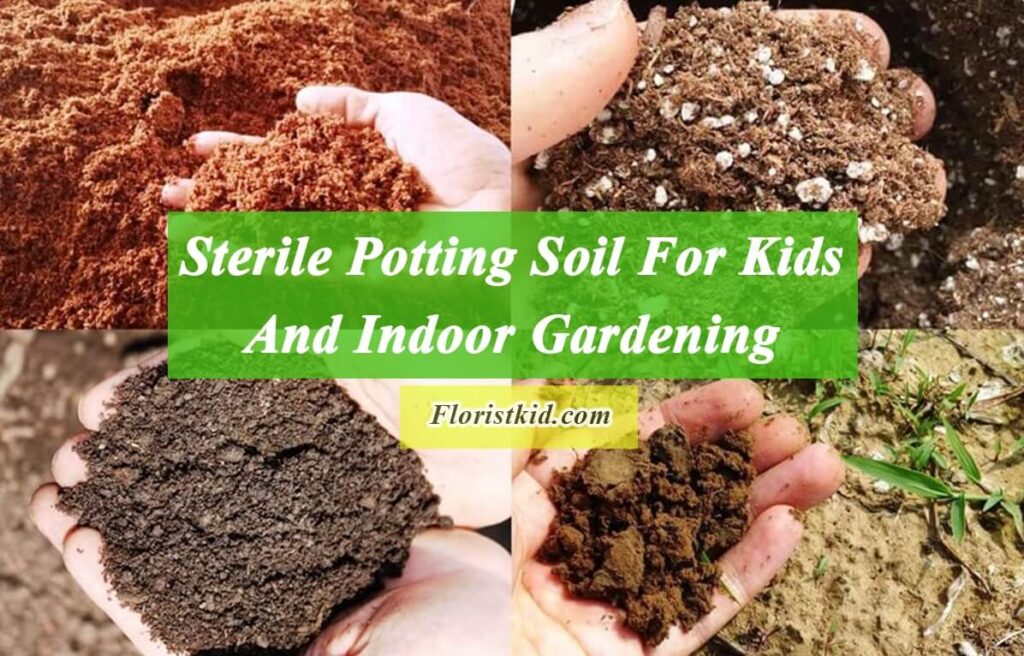
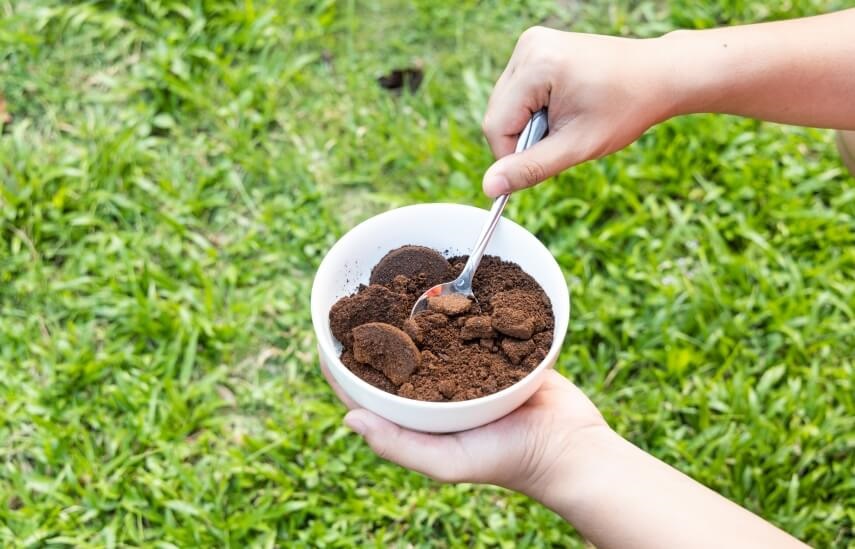
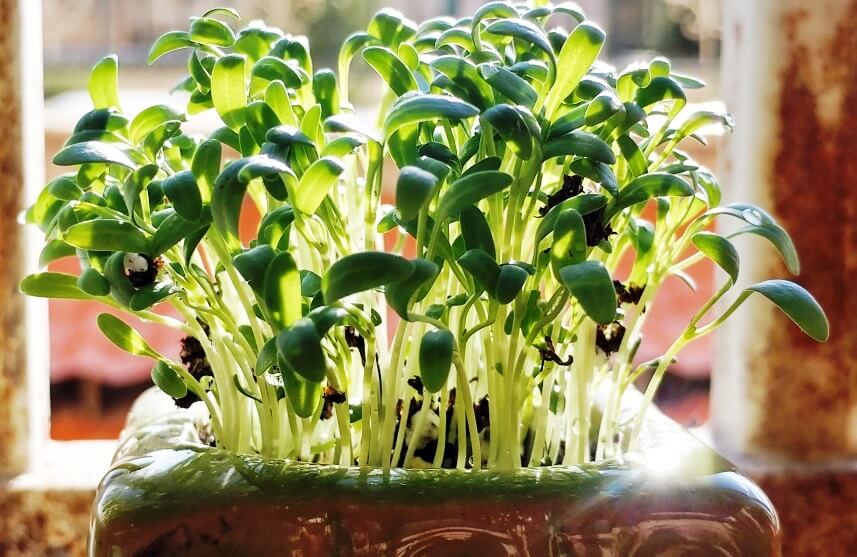
My daughter love these kinds of gifts as a child, However, the fact remains that they are sometime expensive.